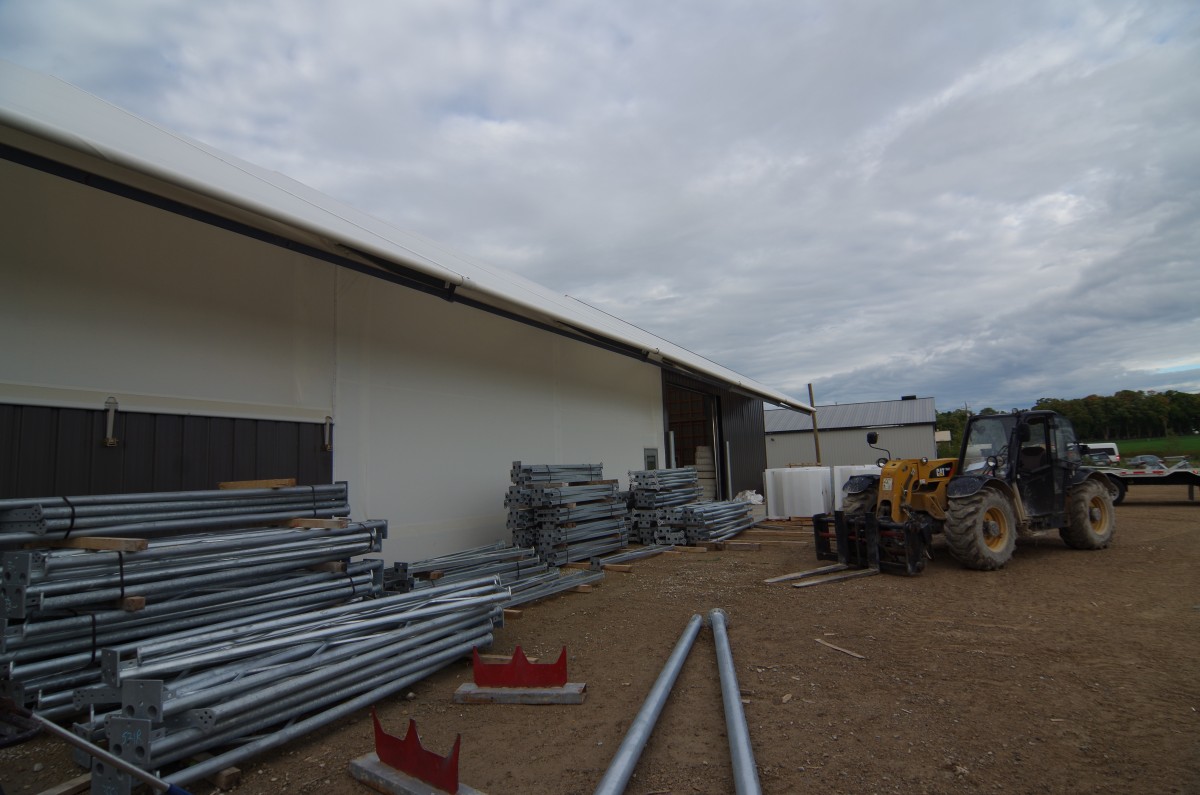By: Robert Lee
The differences between PVC and HDPE lie both in the applications for each and their composition. While PVC is the more common of the two, high-density polyethylene is used in specific circumstances that make polyvinyl chloride unattractive or unsuitable. PVC is a relatively inexpensive and fairly durable vinyl polymer. High-density polyethylene is a thermoplastic made from petroleum. Both PVC and HDPE are considered plastics.
Explaining PVC
In most hardware stores, you can find PVC tarpaulins costing as little as two or 3 dollars for a 6 foot by eight-foot segment. PVC pipes often are used for non-critical sewage connections, and generally are marketed in a white colour. They are not to be confused with the black ABS used on interior plumbing lines. In some cases, PVC coatings are applied to fabrics or materials to provide a more durable, impervious finish.
Comparing Strength
In comparing strength ratings, both are similar, yet strength is a poor indicator of suitability in many circumstances. A more viable comparison of the two comes through their material failure ratings. PVC has a failure rating of one in 48,650 events, versus an HDPE failure rating of one in 10,000,000. This is particularly useful in piping applications and in fabric buildings. “Events” include flexing, which means that a structure subjected to snow and rain stress, wind, or heat and cold will be more durable if constructed of HDPE. PVC coverings are more useful and cost-effective in one-time or infrequent construction projects.
Joining of PVC material is by a gasket or gluing sealant, while HDPE is joined using heat fusion. In some instances, PVC material can be glued or seamed underwater, while HDPE cannot be. On the other hand, HDPE is more able to withstand and dampen (mitigate) shock waves than PVC. Where flexing occurs, this is critical. While PVC is a heavier and stronger material, HDPE is harder and more heat and abrasion-resistant. This is significant where buildings use HDPE in a manufacturing or farming environment.
How Each is Used
In selecting from each of the thermoplastics, the purpose to which they will be used is important. PVC tarps are more frequently found in the homeowner and handyman’s possession, due to their lower cost and range of product quality. Large mesh or weave, lightly coated low- or medium-duty tarps provide instant and inexpensive covers for many of the projects around the house, yet for longer-life, demanding jobs, HDPE is more suitable.
HDPE covers for fabric buildings work best for a variety of reasons. Large buildings are subject to seasonal stress and must endure extremes of heat and cold. Daily wind continues to flex the fabric, while the sun’s UV rays damage lighter materials. Many of the HDPE covers are rated at 20 years or more, while a budget PVC tarp may not last even three years in the sun before hardening and cracking. HDPE is more resistant to salt, corrosive materials, and abrasion from sand, straw, and dust, making it ideal for farm and industrial buildings.
HDPE Benefits
The harder surface sheds snow load more effectively, while the fabric is easily designed to allow for the expansion of existing buildings. HDPE is less suited for repeated installation and removal and does not fold and store as flatly as does PVC. A PVC fabric is more of a multi-task material while HDPE works best installed and left alone. It cleans easily and resists mildew and stains. Quality HDPE remains colour-fast for those concerned about aesthetics.
All fabric used by Cobra Structures is HPDE from a Canadian manufacturer and carries a 15-year pro-rated factory warranty. If your current fabric building is becoming loose or showing general signs of wear and age, contact us for advice on prolonging the life of your covers. Or if it is beyond repair let us provide you with a free estimate on the replacement of your fabric covers.




